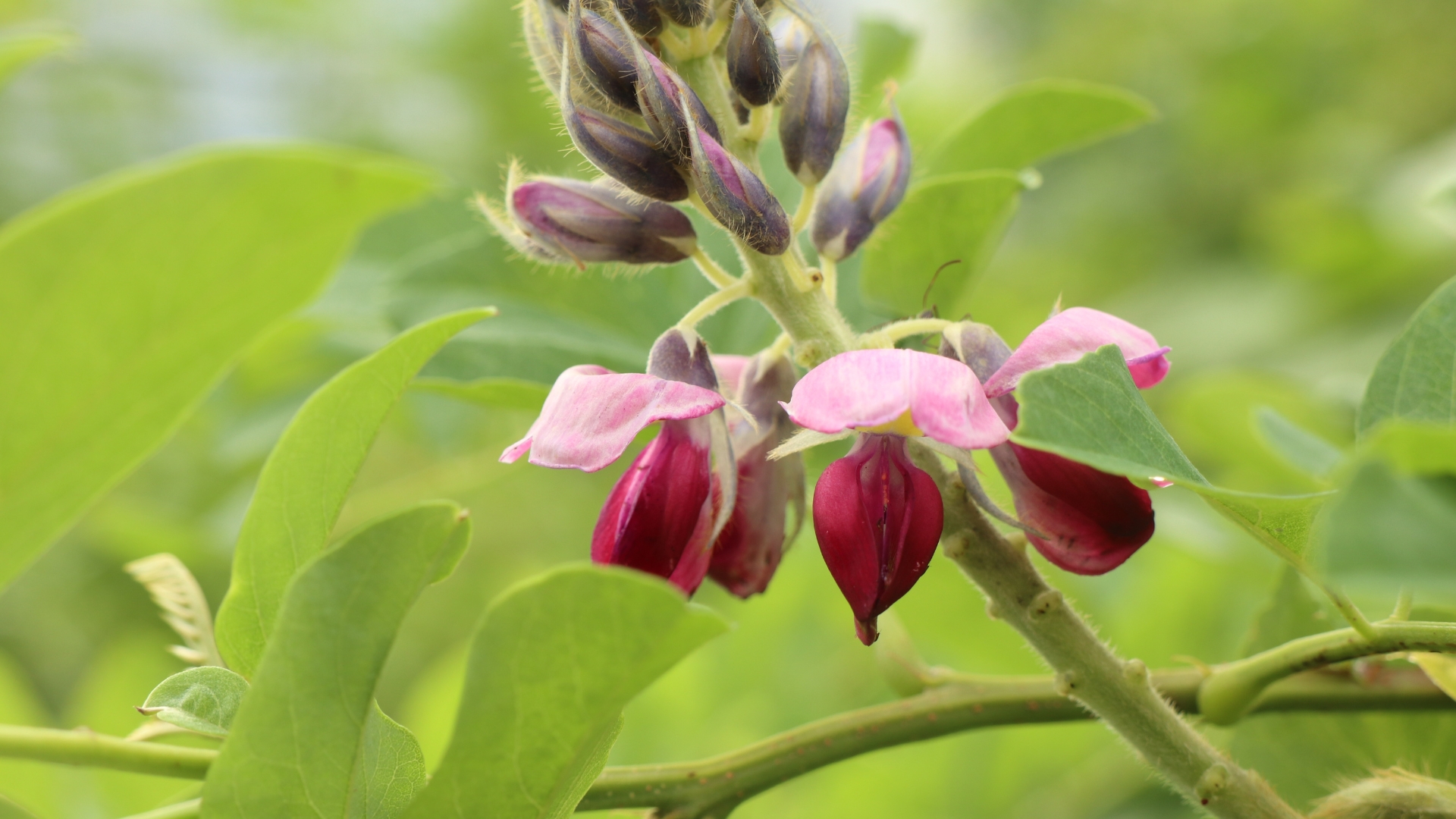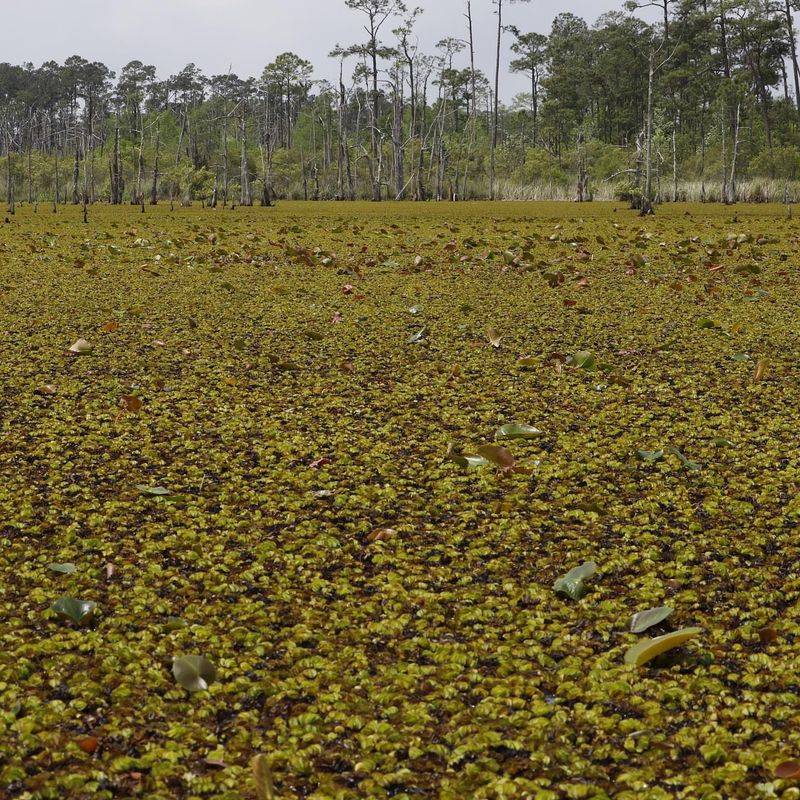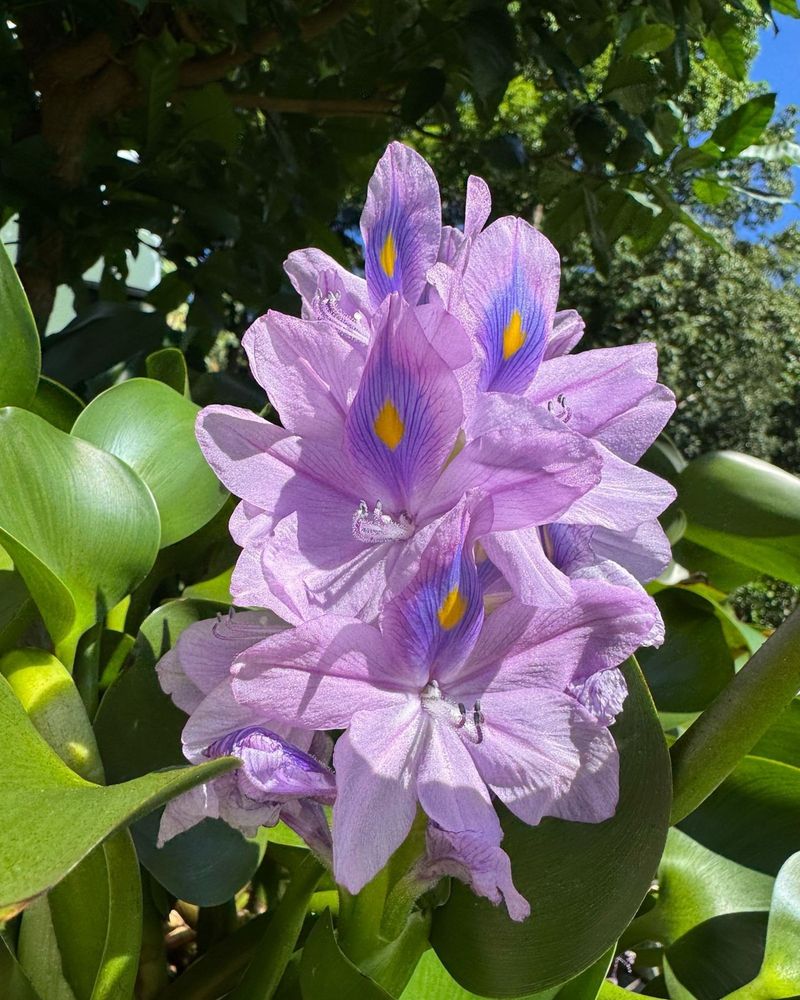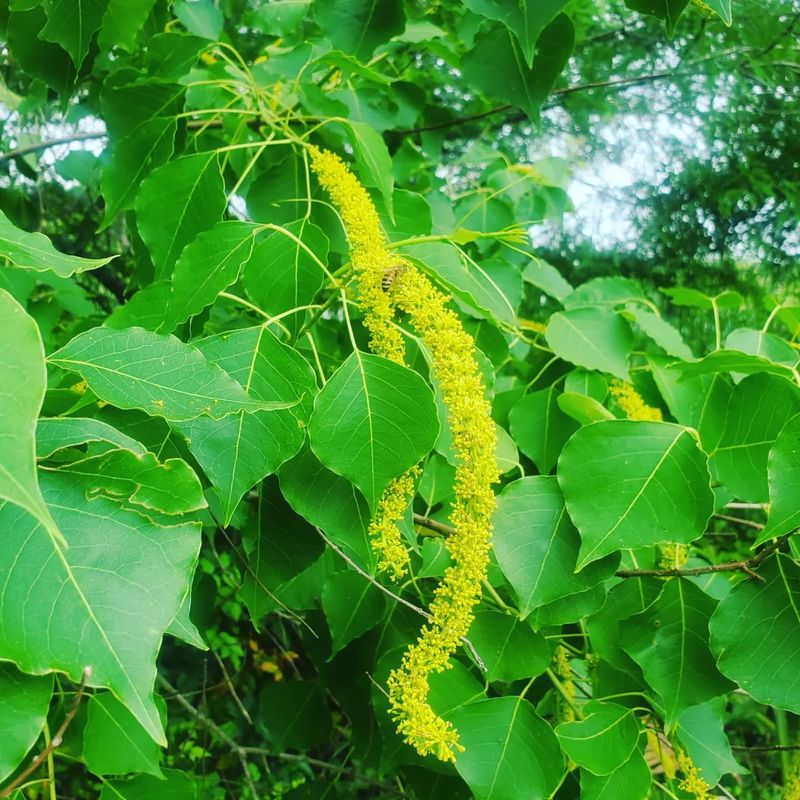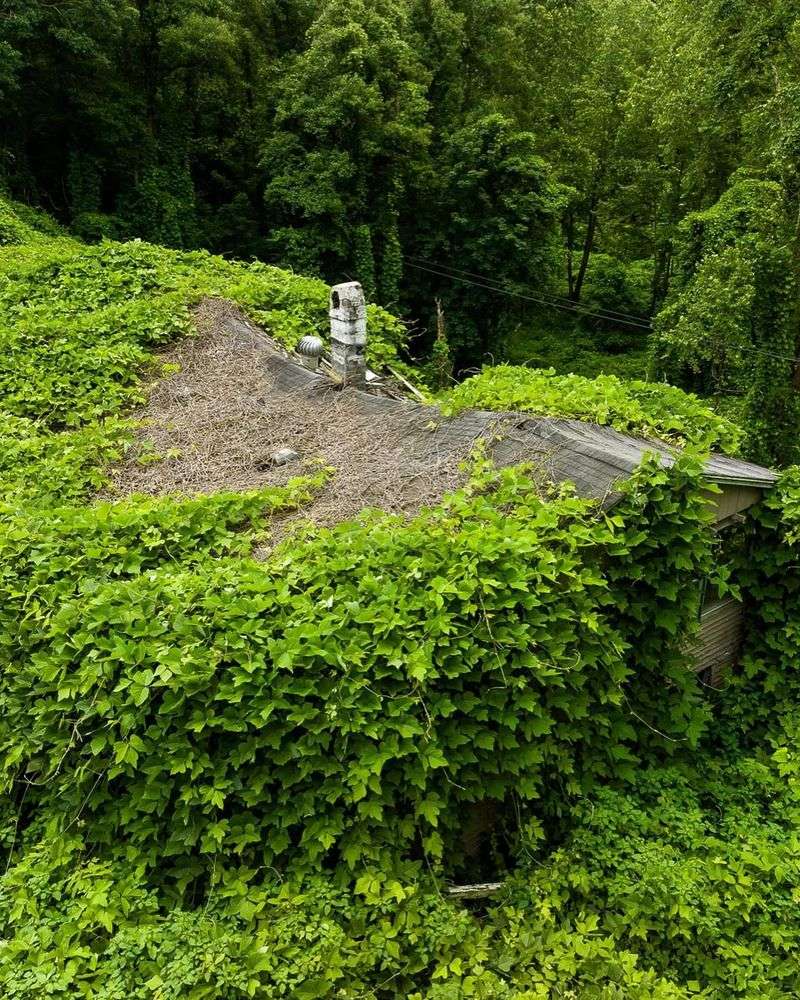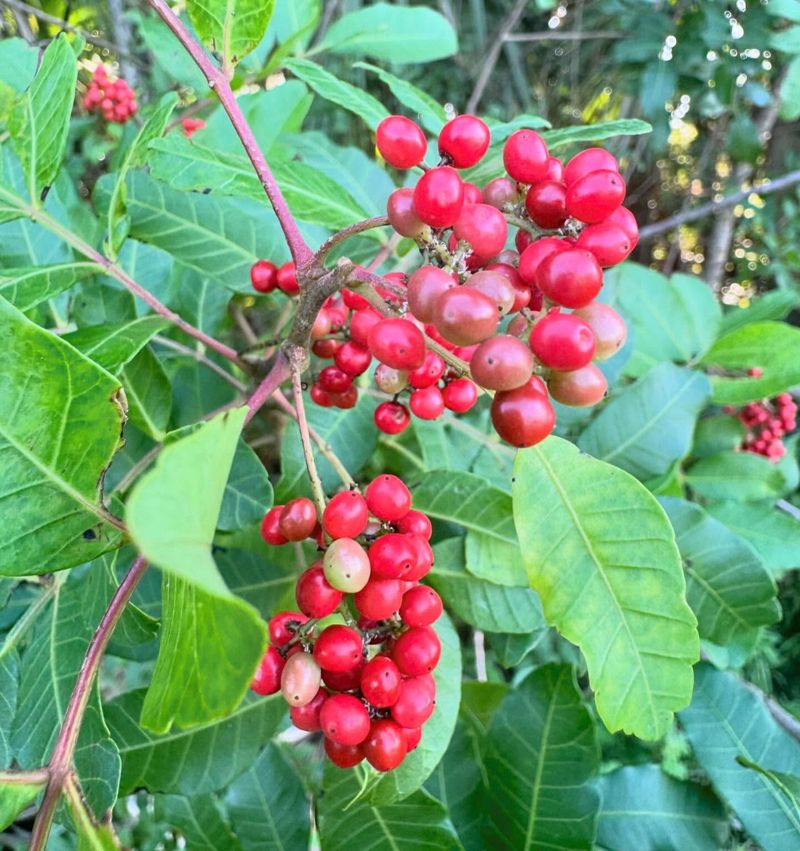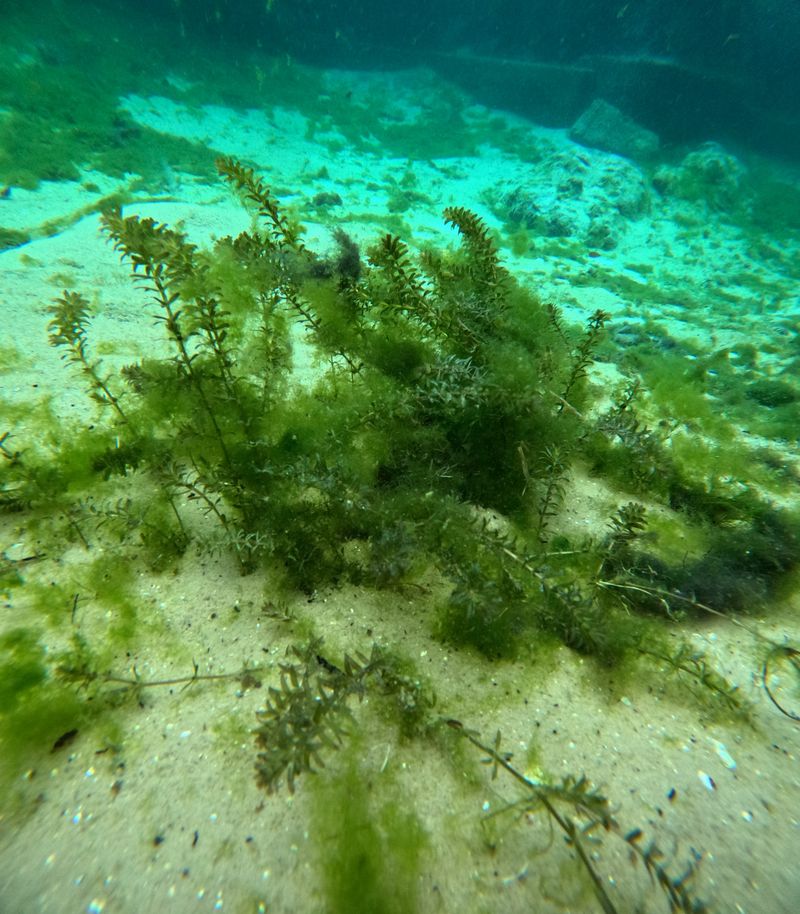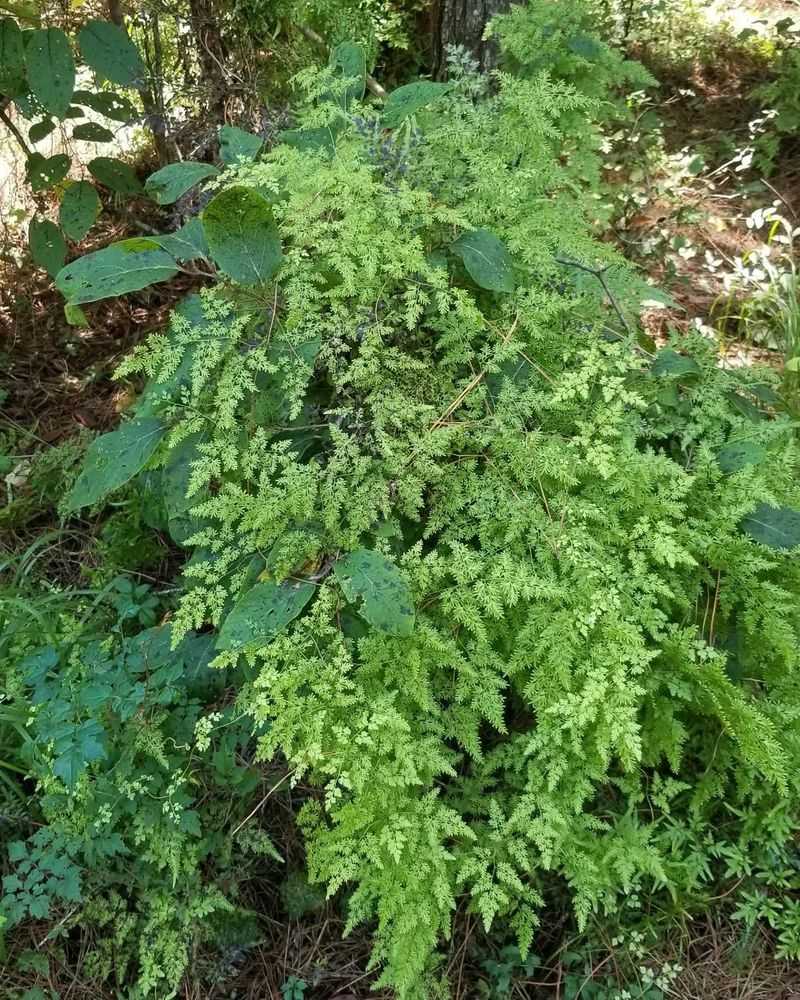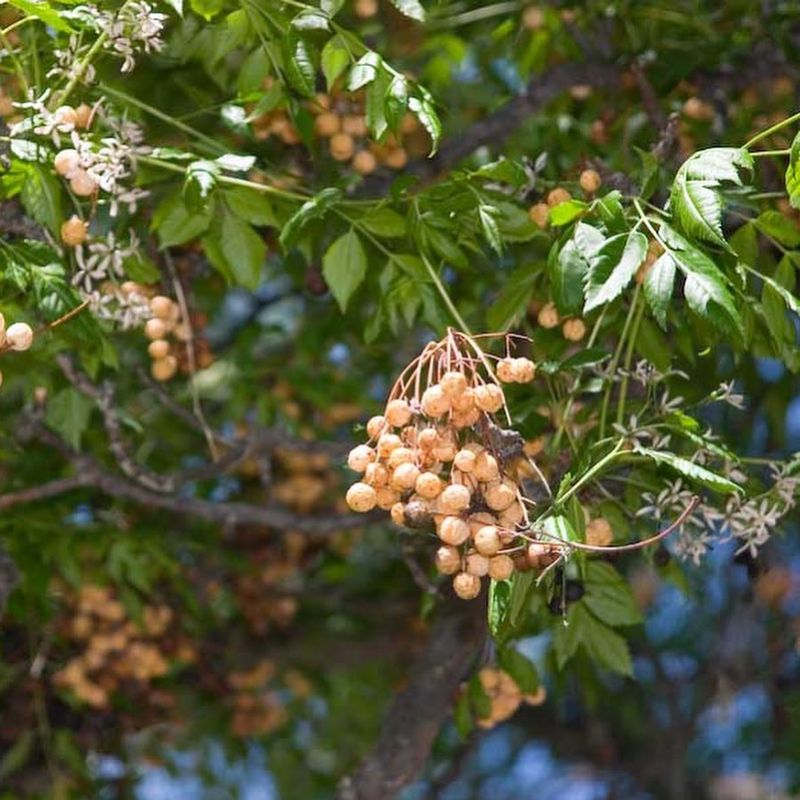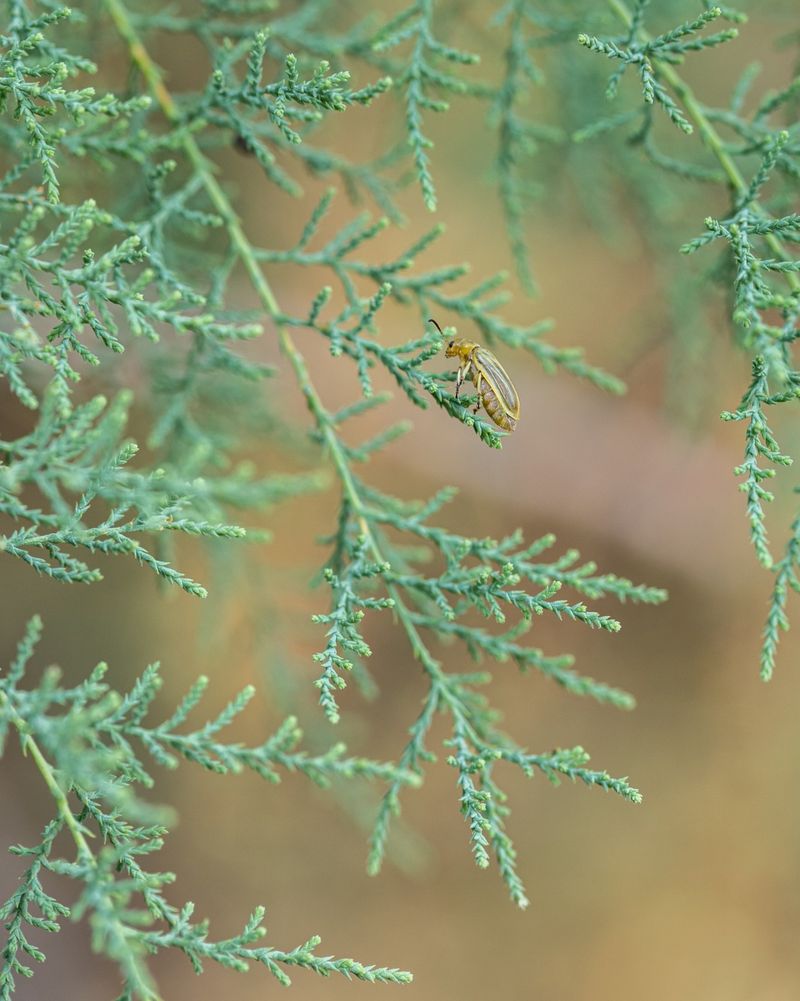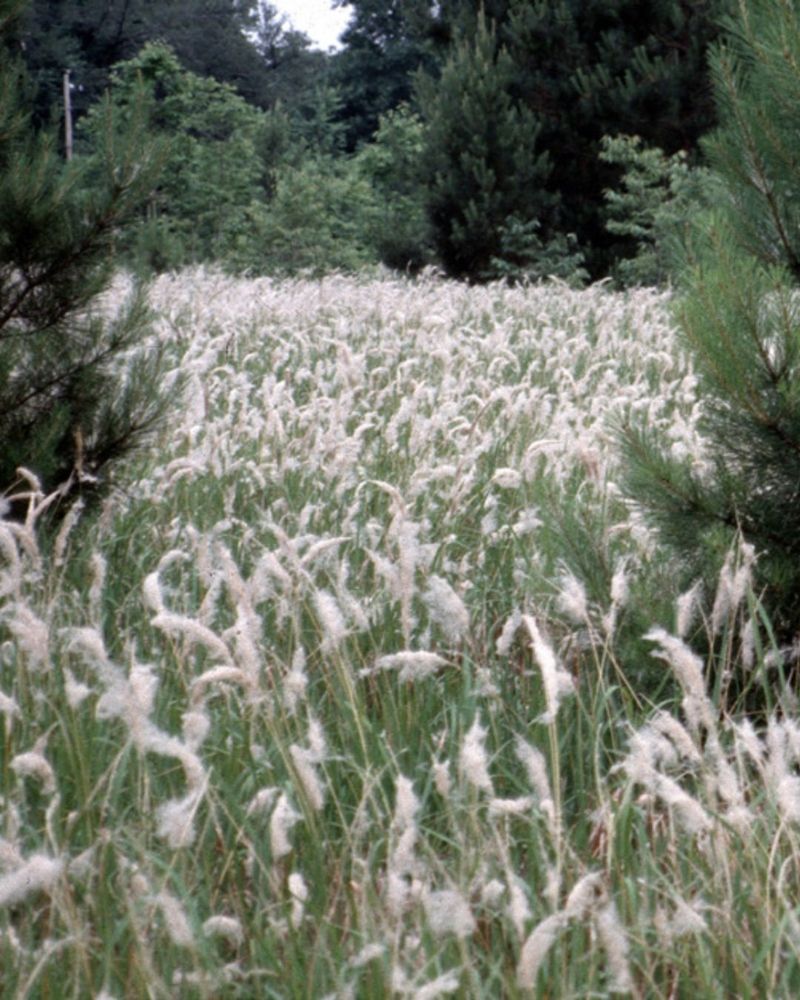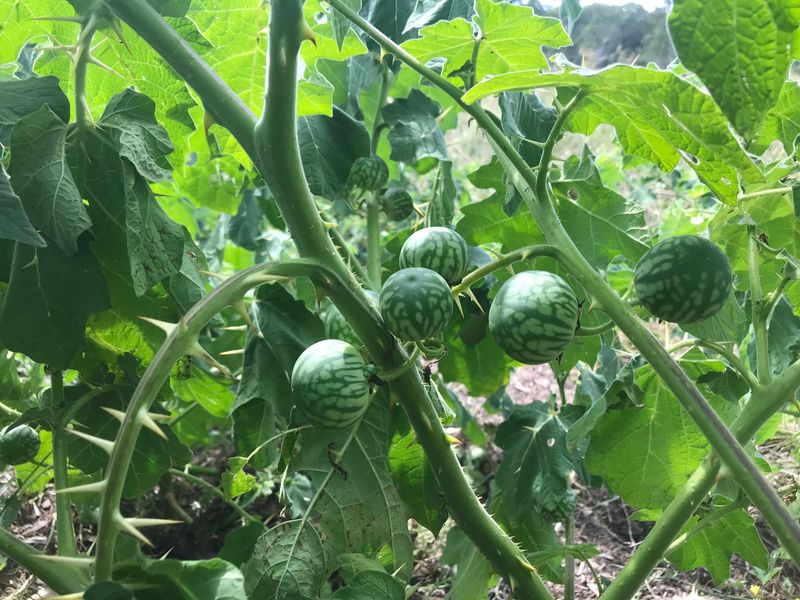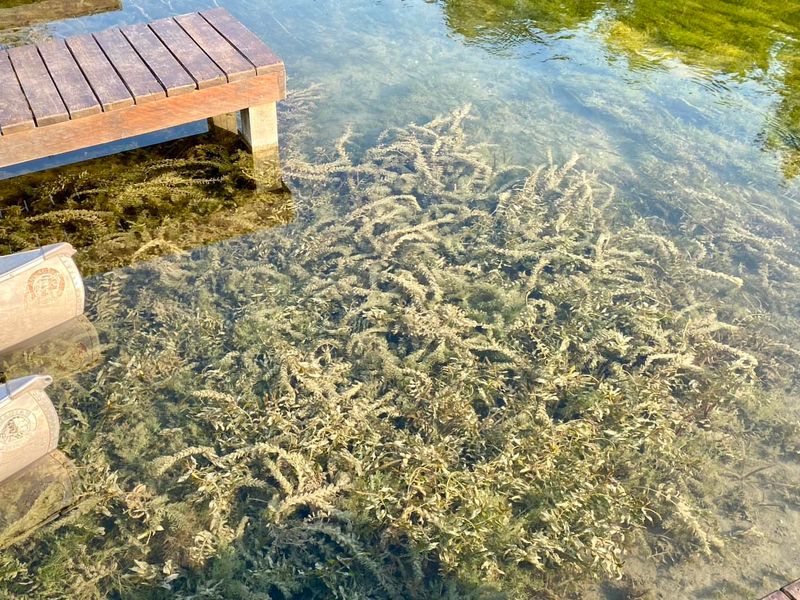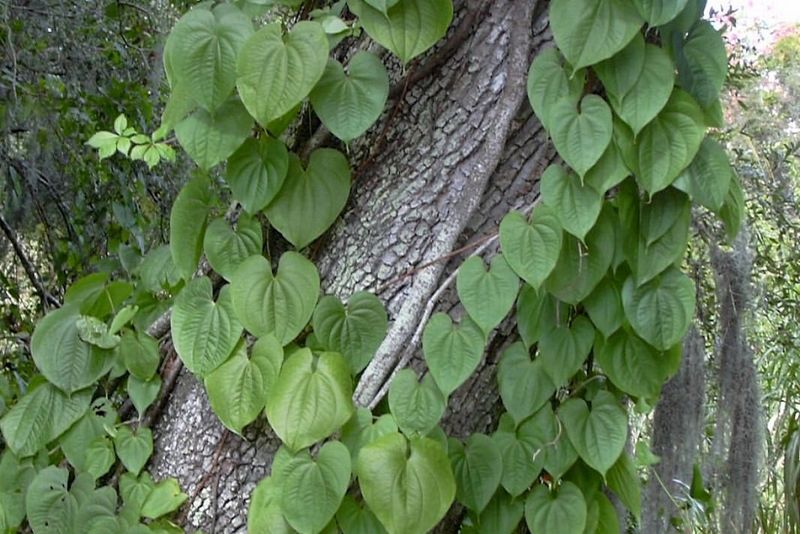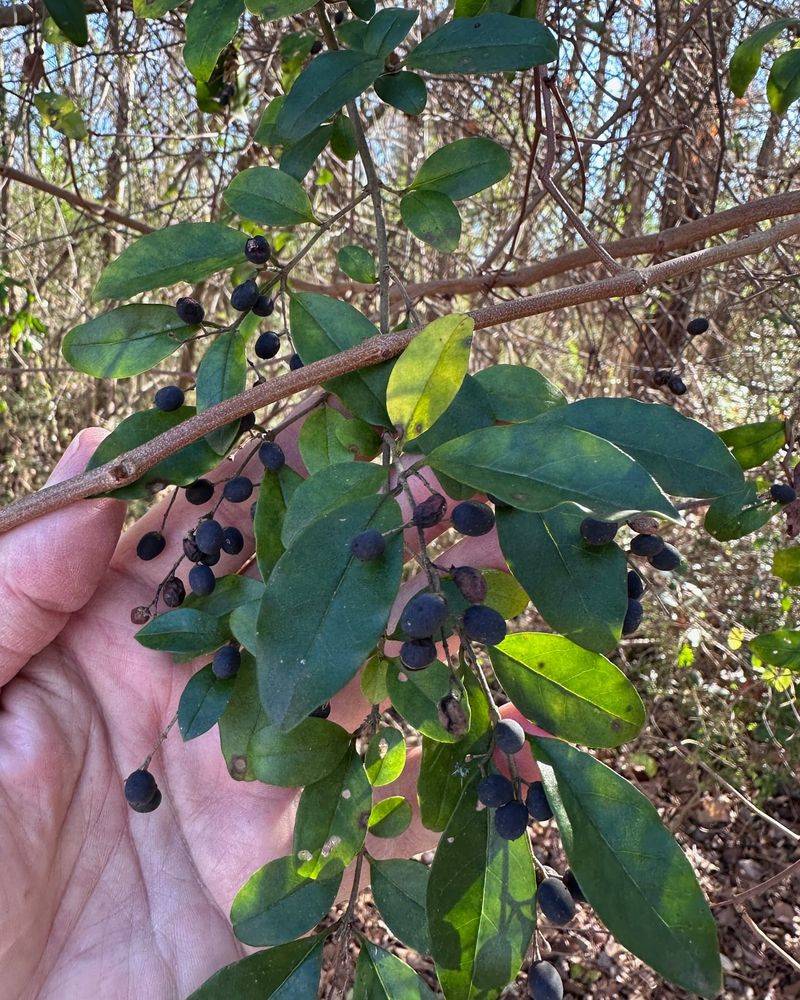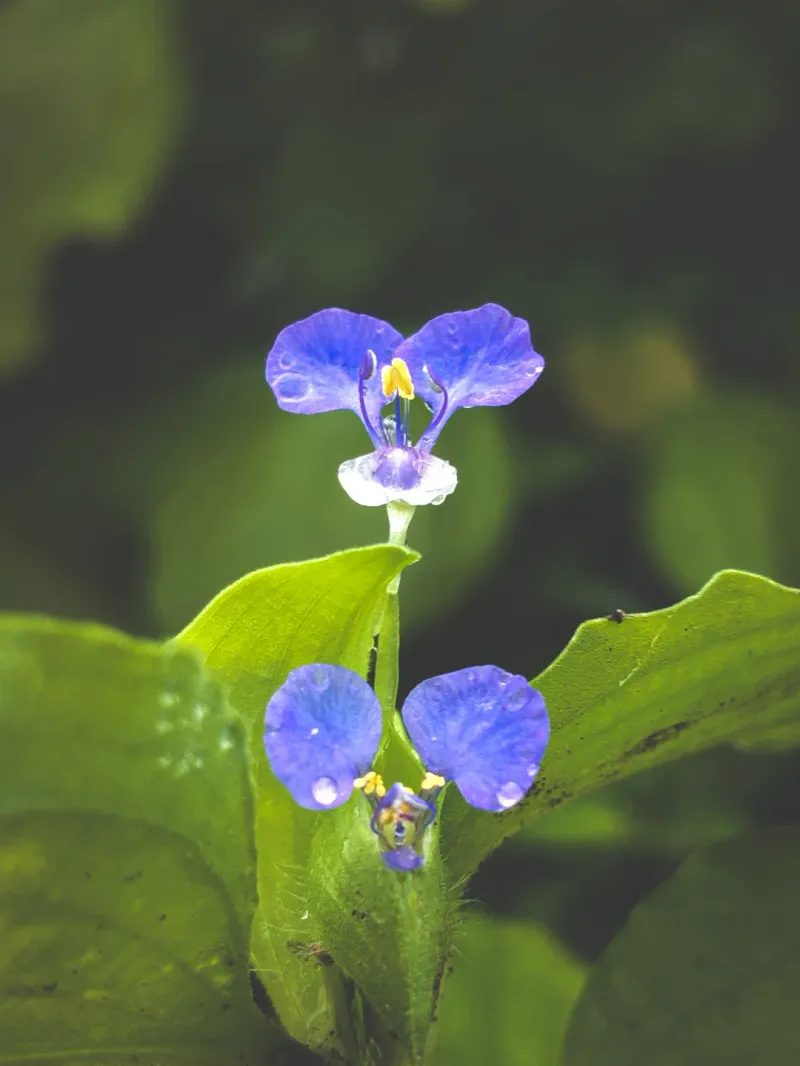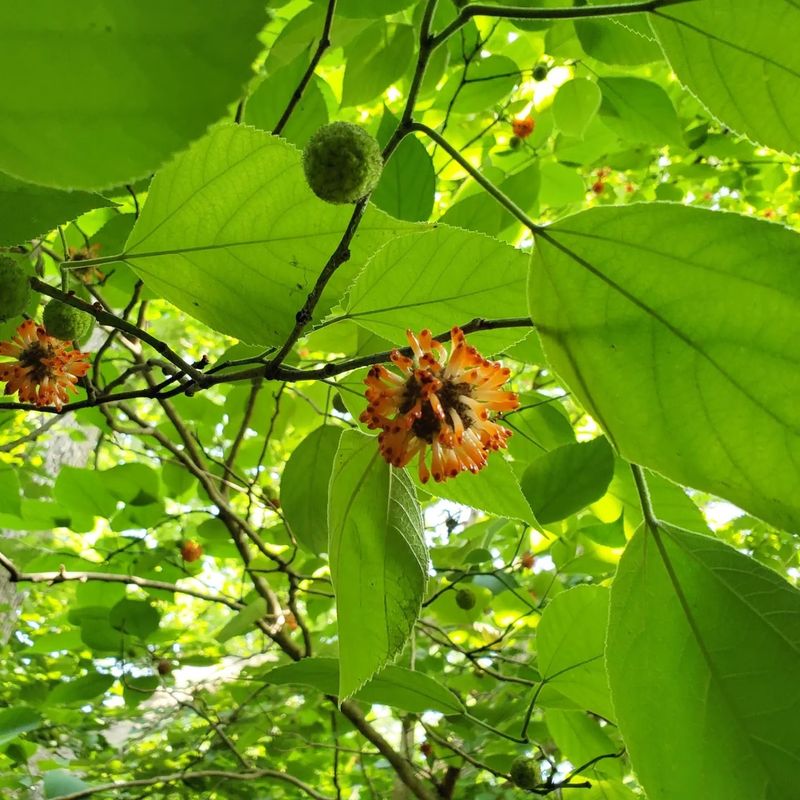Texas gardens can be full of surprises, but some plants aren’t welcome here at all. You might be unknowingly growing one of the 18 banned plants that could land you in trouble.
I’ve learned the hard way how important it is to know what’s allowed before planting. Let’s take a quick stroll through the list so your garden stays beautiful and legal.
Trust me, a little knowledge goes a long way in keeping your green space safe and sound!
1. Giant Salvinia
This floating fern creates thick mats that choke Texas waterways, blocking sunlight and depleting oxygen levels for fish. Originally from Brazil, it can double in size every week during warm weather.
Texas officials spend millions annually battling this aggressive invader. Just a tiny fragment can reproduce and infest an entire lake, making it one of the most destructive aquatic plants in the state.
2. Water Hyacinth
Beautiful but deadly to ecosystems, water hyacinth features lavender flowers that might tempt gardeners. The plant forms dense floating mats that block watercraft, irrigation systems, and kill fish in Texas lakes.
One acre of these plants can weigh up to 200 tons when wet. Texas conservation officers regularly conduct removal operations, as a single plant can produce thousands of seeds that remain viable for years.
3. Chinese Tallow
Known for stunning fall colors, this deceptively pretty tree produces waxy white seeds that birds love. Unfortunately, it takes over native Texas prairies and wetlands at an alarming rate, creating ecological dead zones.
The sap contains toxins that can irritate skin. Throughout Texas, conservation groups organize volunteer “tallow hacks” where citizens help remove these trees from natural areas to protect native plant communities.
4. Kudzu
Nicknamed “the vine that ate the South,” kudzu grows at the astonishing rate of up to a foot per day. This aggressive climber blankets entire forests, utility poles, and abandoned buildings across parts of Texas.
Originally introduced from Japan for erosion control, it now covers over 7 million acres nationwide. Texas agricultural officials warn that even a small patch can quickly become unmanageable if left unchecked in your yard.
5. Brazilian Peppertree
With attractive red berries and evergreen foliage, this tree might seem like a nice addition to your landscape. The berries cause respiratory issues for many Texans and contain toxins that can harm livestock and wildlife.
Native to South America, it forms dense thickets that crowd out native vegetation. Texas parks departments regularly combat this tree along coastal areas where it threatens unique habitats and disrupts natural ecosystems.
6. Hydrilla
Often sold as an aquarium plant, hydrilla forms dense underwater forests that entangle boat propellers and swimmers. A single plant fragment can start a new infestation, making it nearly impossible to eradicate once established in Texas waters.
Lake managers across Texas spend millions on chemical treatments and mechanical harvesting. This plant can grow in depths up to 20 feet and creates such dense mats that it alters water chemistry and flow.
7. Japanese Climbing Fern
Delicate-looking fronds climb high into trees, eventually forming impenetrable mats that shade out everything below. The spores travel easily on wind, clothing, and equipment, making containment extremely difficult in East Texas forests.
This fern can survive Texas winters when native plants die back. Wildlife officials warn that controlled burns, which normally help manage forests, actually aid this fern’s spread by clearing competition while its underground rhizomes survive.
8. Chinaberry Tree
With fragrant lilac flowers and golden berries, chinaberry trees might seem like a charming addition. The berries are highly toxic to humans and pets, causing vomiting and potentially fatal nervous system damage if consumed in Texas backyards.
Birds spread the seeds across Texas after eating the berries. This fast-growing tree produces chemicals that prevent native plants from growing nearby, creating ecological dead zones wherever it establishes.
9. Salt Cedar
Pink feathery flowers make this shrub visually appealing, but don’t be fooled. Salt cedar draws up groundwater through deep taproots, concentrates salt in its leaves, and deposits it on the soil surface, making the area inhospitable to native Texas plants.
A single mature plant can transpire 200 gallons of water daily. Texas water conservation districts battle this thirsty invader along riverbanks and lakeshores where it significantly impacts already limited water resources in drought-prone regions.
10. Cogongrass
The silky white seed heads might look ornamental, but this grass creates fire hazards throughout Texas. It burns hotter and faster than native grasses, creating dangerous wildfire conditions that threaten homes and natural areas.
Sharp-edged leaves contain silica that can cut skin. Texas agricultural inspectors monitor for this grass, which spreads through both seeds and underground rhizomes, making it particularly difficult to control once established in pastures or natural areas.
11. Giant Reed
Towering up to 30 feet tall, giant reed resembles bamboo but consumes three times more water than native plants. Along Texas riverbanks, it forms impenetrable thickets that block access to water and increase flood risks by narrowing channels.
Each jointed stem can sprout into a new plant if broken off. Texas water management officials warn that this plant’s massive root systems destabilize banks during floods while its dense growth provides hiding places for invasive wildlife like feral hogs.
12. Tropical Soda Apple
Don’t let the name fool you—this isn’t a refreshing drink but a thorny nightmare for Texas ranchers. The plant’s spines can penetrate leather boots and injure livestock, while its fruit spreads through animal droppings across pastures.
The mottled green and white fruits resemble tiny watermelons. Texas agricultural extension offices urge immediate reporting of sightings since this federally listed noxious weed threatens the cattle industry and can quickly overtake grazing lands.
13. Eurasian Watermilfoil
This feathery underwater plant forms dense mats that entangle swimmers and boat propellers in Texas lakes. Fragments break off easily and each piece can start a new colony, making it spread rapidly after boating activities.
Lake levels in Texas can drop during summer, exposing milfoil mats to air. Rather than dying, the plant adapts to terrestrial life until water returns, showing remarkable survival abilities that make it particularly difficult to eradicate from recreational waters.
14. Air Potato
Heart-shaped leaves might look charming climbing your fence, but this aggressive vine produces aerial tubers that drop and sprout new plants. A single vine can grow 8 inches daily during Texas summers, quickly smothering native vegetation.
The “potatoes” aren’t edible and contain toxic compounds. Texas park rangers organize community “potato picks” where volunteers collect and dispose of the aerial tubers before they can sprout and create new infestations in natural areas.
15. Itchgrass
The name tells you everything—this grass causes intense skin irritation when touched. Tiny silica-tipped hairs break off in skin, causing a burning sensation that can last for days, making yard work miserable for unsuspecting Texas gardeners.
Growing up to 8 feet tall in just one season, it quickly overtakes fields. Texas farmers particularly dread this invasive grass because it reduces crop yields dramatically while making harvest painful for workers who must handle contaminated crops.
16. Chinese Privet
This common hedge plant escapes cultivation and invades Texas forests, forming dense understory thickets. Birds spread the blue-black berries widely, helping it colonize natural areas where it outcompetes native shrubs and wildflowers.
The fragrant white flowers trigger allergies for many Texans. Conservation organizations throughout the state organize volunteer removal events to pull young plants and cut larger specimens, applying herbicide to the stumps to prevent resprouting.
17. Tropical Spiderwort
Deceptively pretty purple flowers hide this plant’s aggressive nature in Texas agricultural areas. It thrives in disturbed soils and can regenerate from tiny stem fragments, making mechanical control nearly impossible once established.
Farmers across Texas struggle with this resilient weed. It competes with crops for nutrients and water while producing thousands of seeds per plant, creating persistent seed banks that can remain viable in soil for years despite control efforts.
18. Paper Mulberry
Fast-growing with attractive lobed leaves, this tree seems perfect for quick shade. Male trees produce enormous amounts of pollen that cause severe allergic reactions for many Texas residents during spring months.
The aggressive root system damages foundations, sidewalks, and sewer lines. Texas urban foresters actively remove these trees from city properties because they displace native species while creating infrastructure problems that cost municipalities millions in repairs annually.

